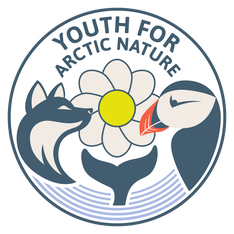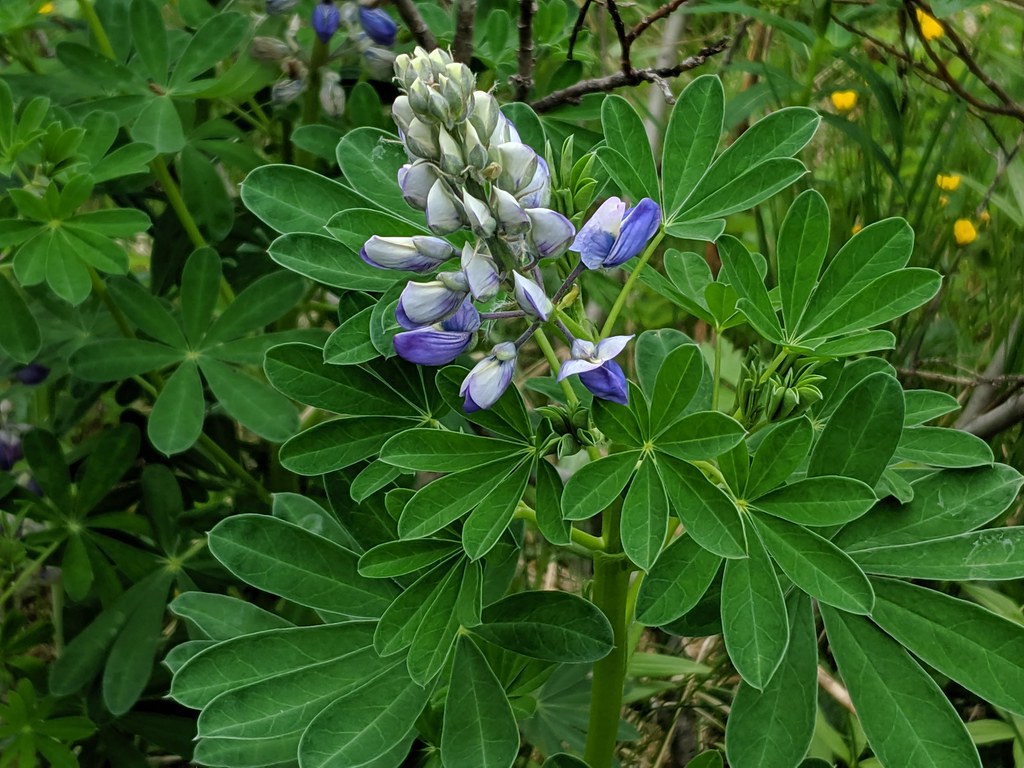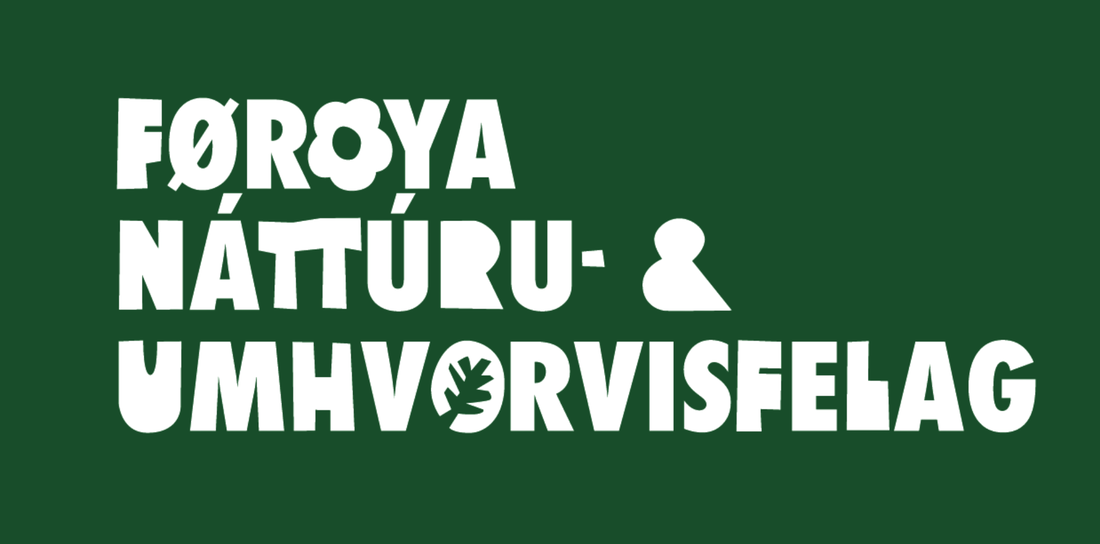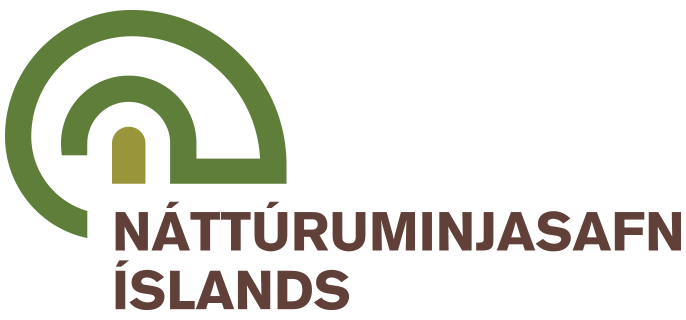|
|
Interesting facts |
- In Iceland, lupin was first spread in the wild by the forestry service to increase the amount of nitrogen in the soil, preparing it for growing other plants. However, it became extremely invasive and instead took over space from endemic species in many areas.
- Russell lupins (Lupinus Russell Hybrids) are a different species of lupins that create the same invasion problems in New Zealand. The same problem is widespread in southern Finland with the Garden lupin Lupinus polyphyllus.
Pictures
- Nootka lupine, Turnagain Rest Area, Alaska" by KateStJohn_Birdblog is licensed under CC BY-NC-SA 2.0
References
- Bjarnarson, E. (2018). Why Iceland Is Turning Purple. Hakai Magazine. https://hakaimagazine.com/features/why-iceland-is-turning-purple/
- Magnusson, B. (2010): NOBANIS – Invasive Alien Species Fact Sheet – Lupinus nootkatensis. – From: Online Database of the European Network on Invasive Alien Species – NOBANIS www.nobanis.org, Date of access 22/09/2021.
- Nootka lupin - Lupinus nootkatensis. (2021). Finnish Biodiversity Info Facility. https://laji.fi/en/taxon/MX.41164















